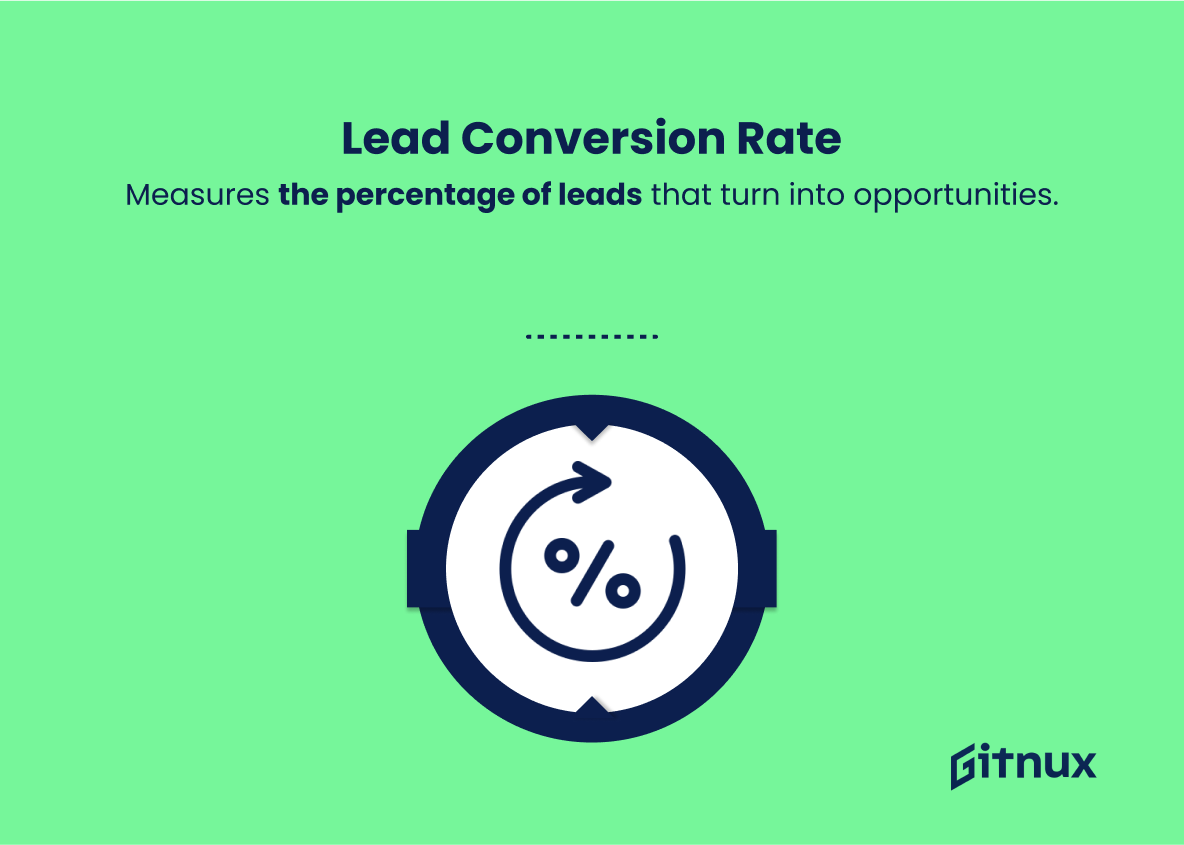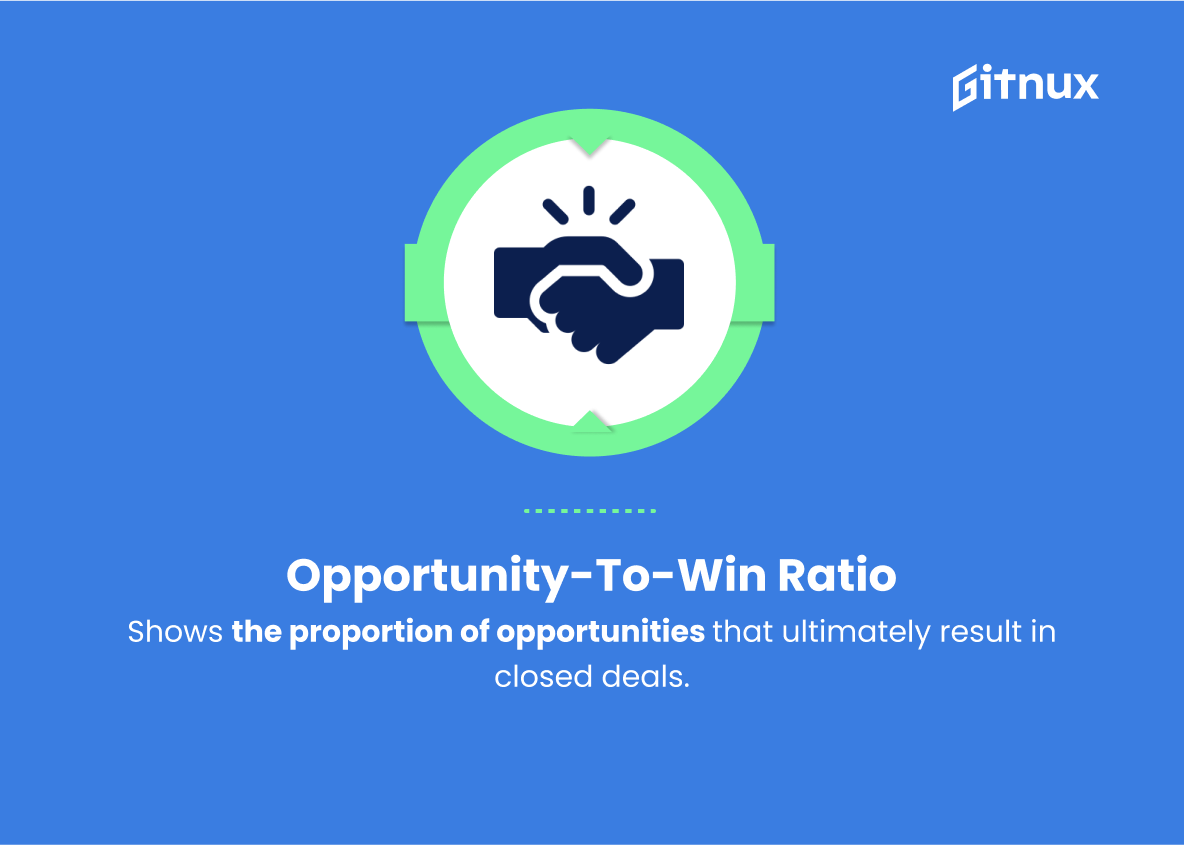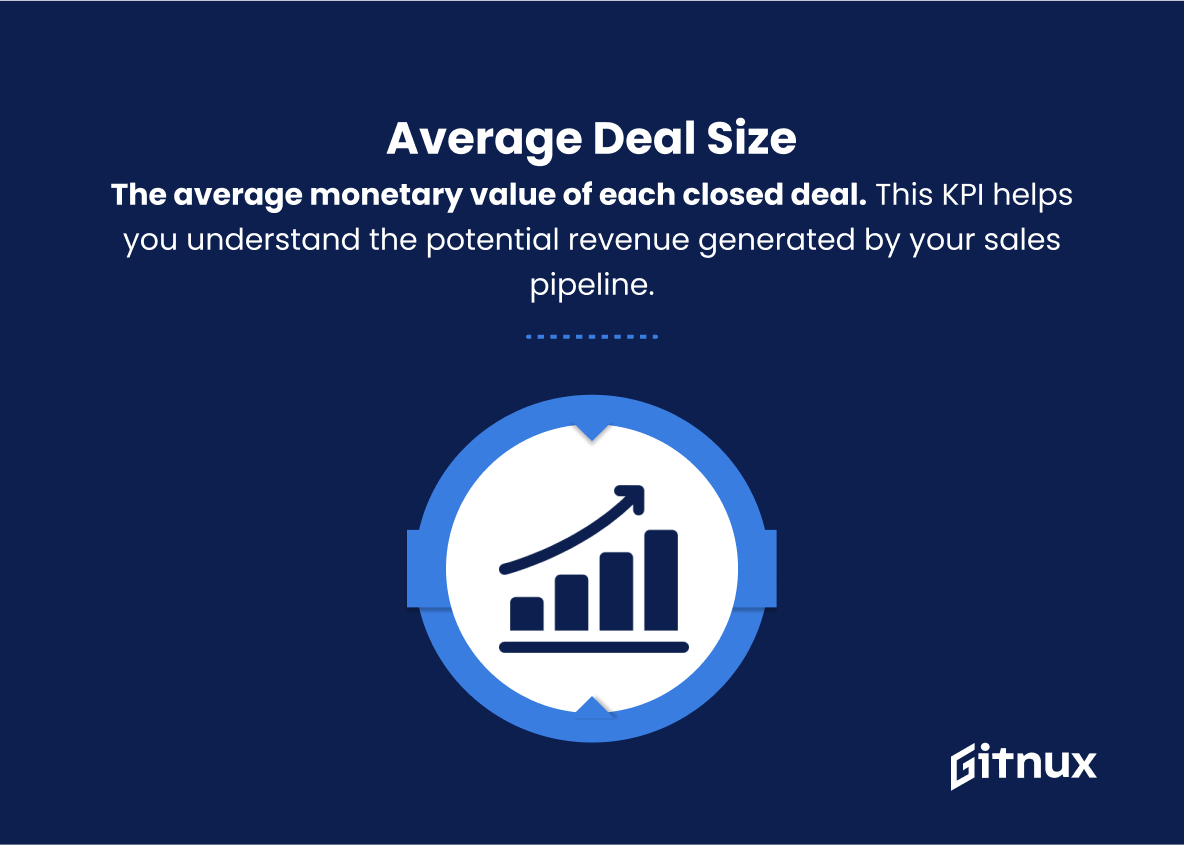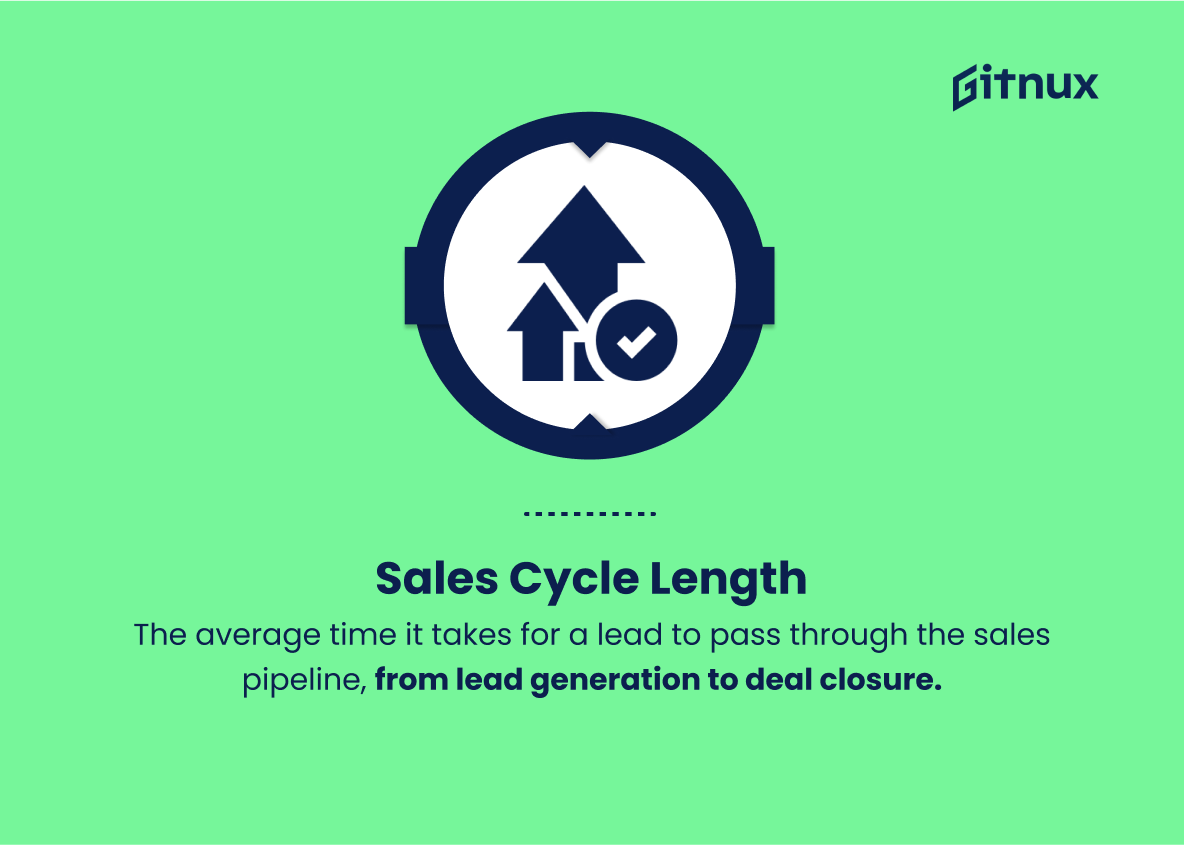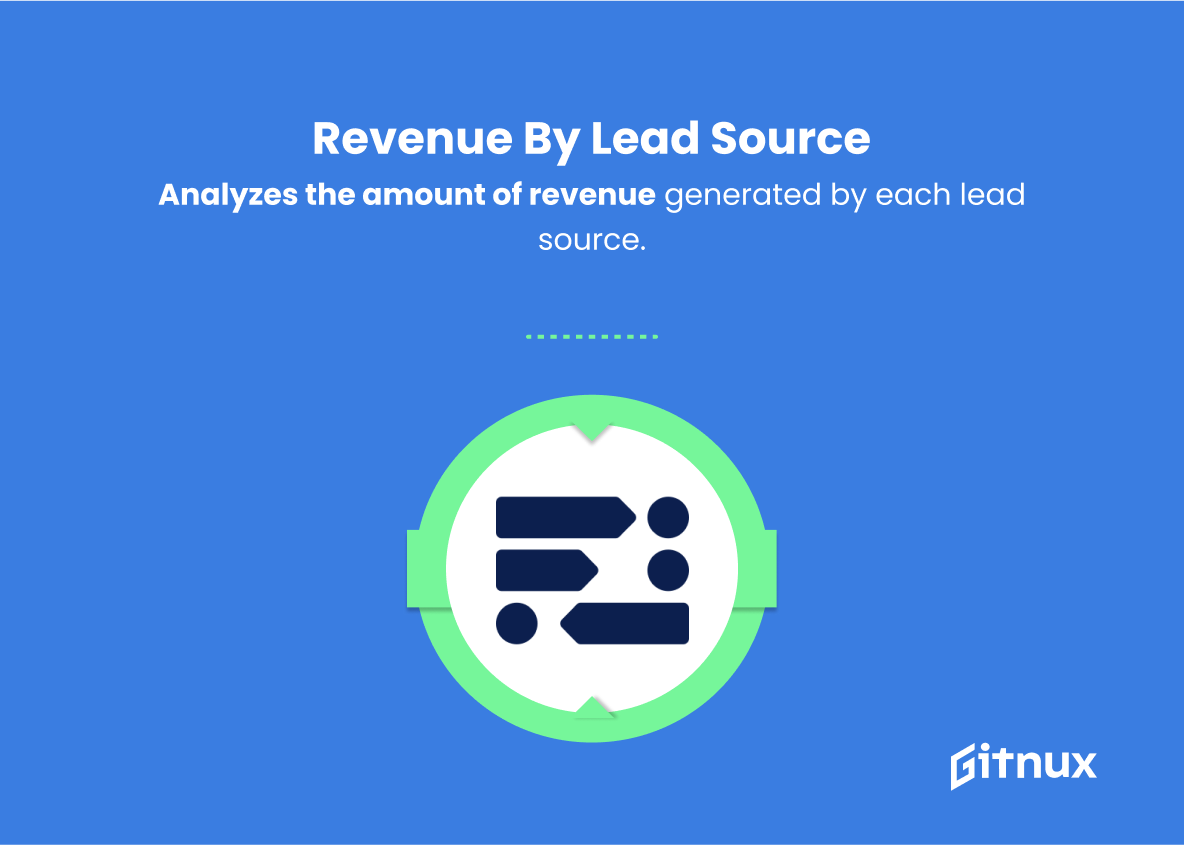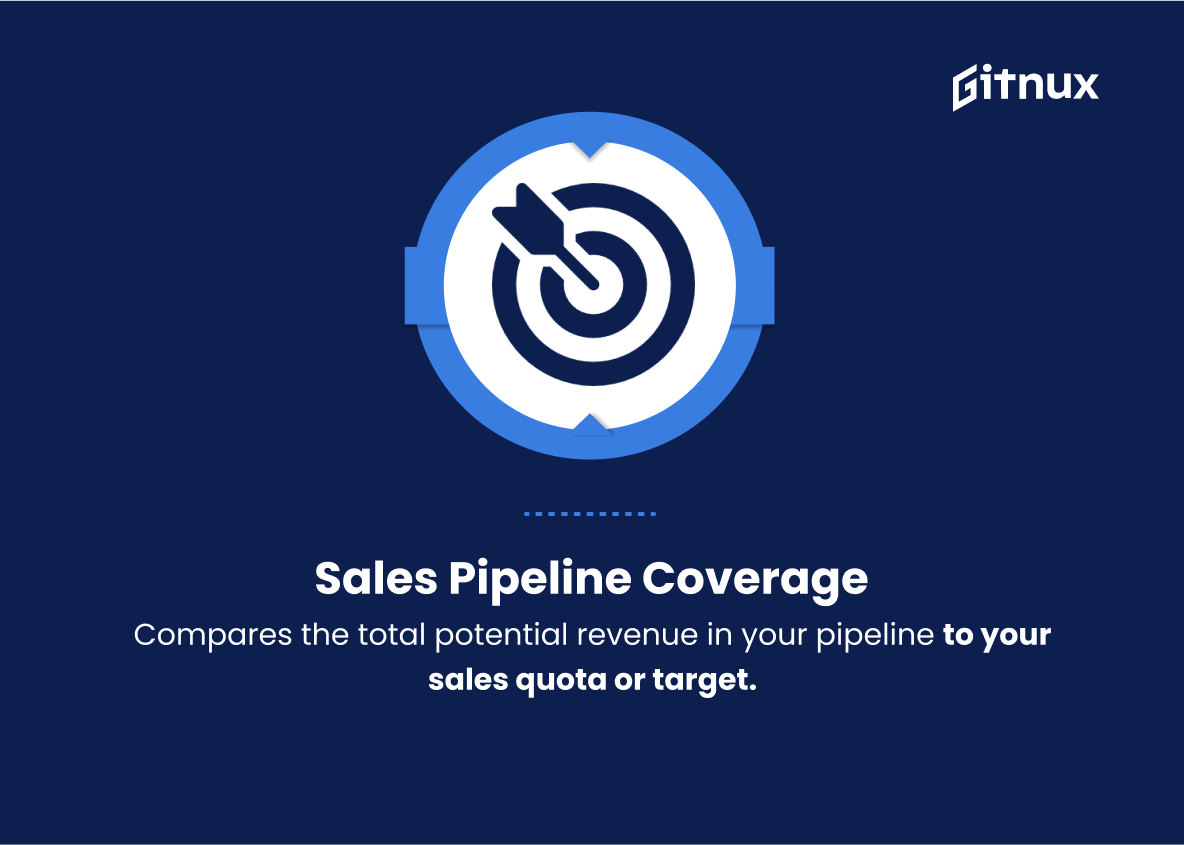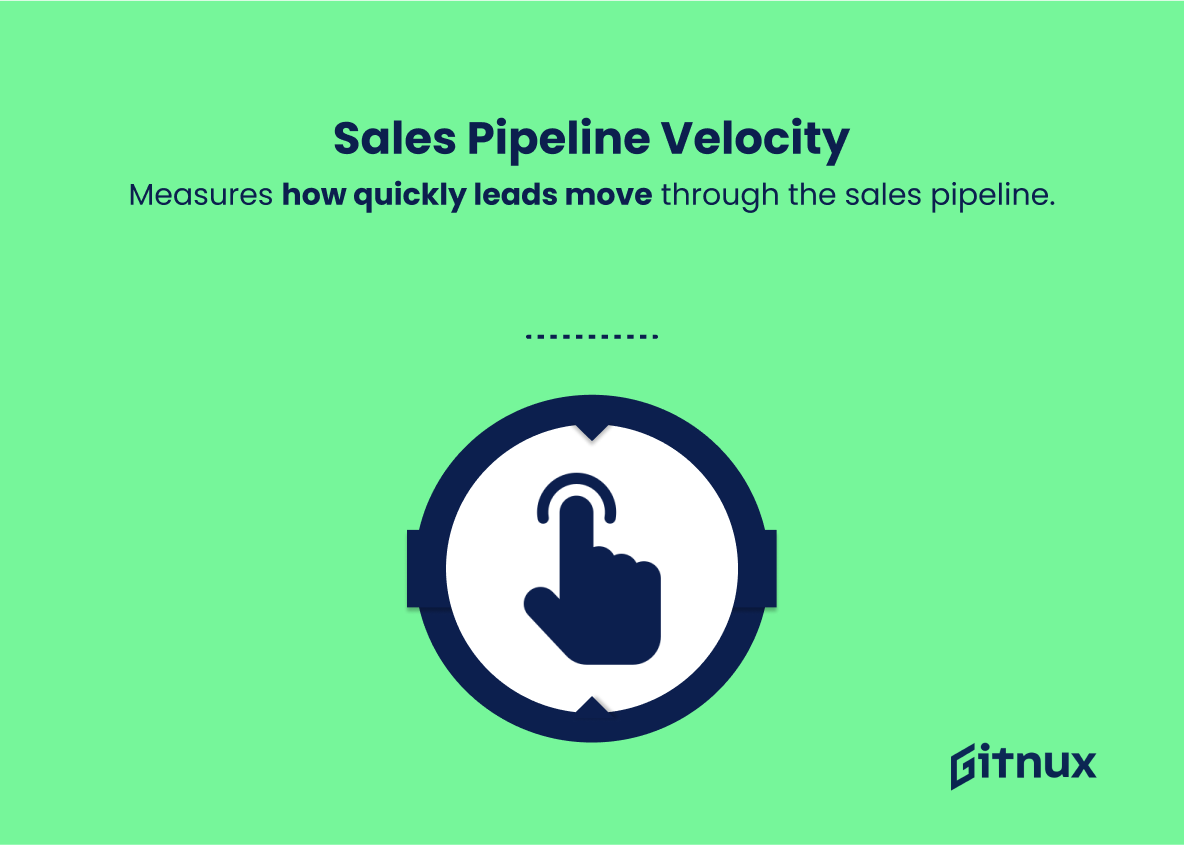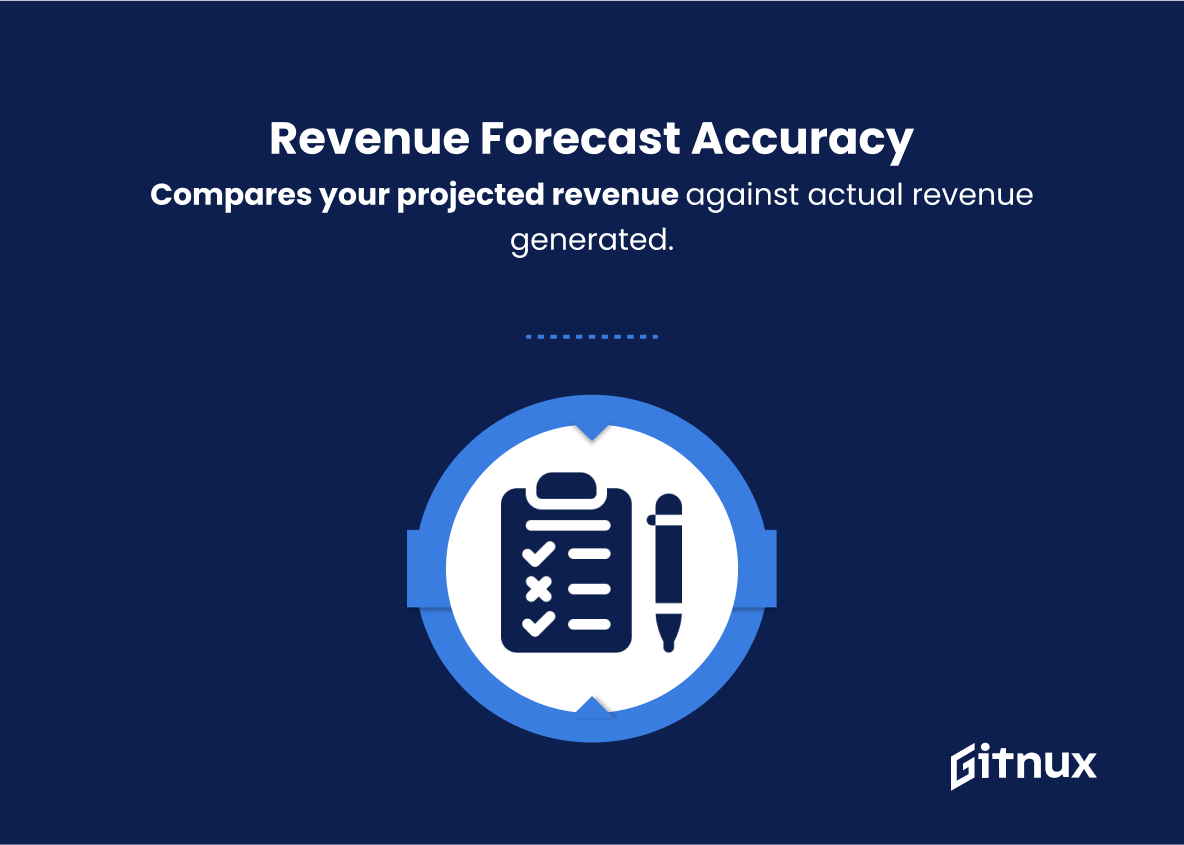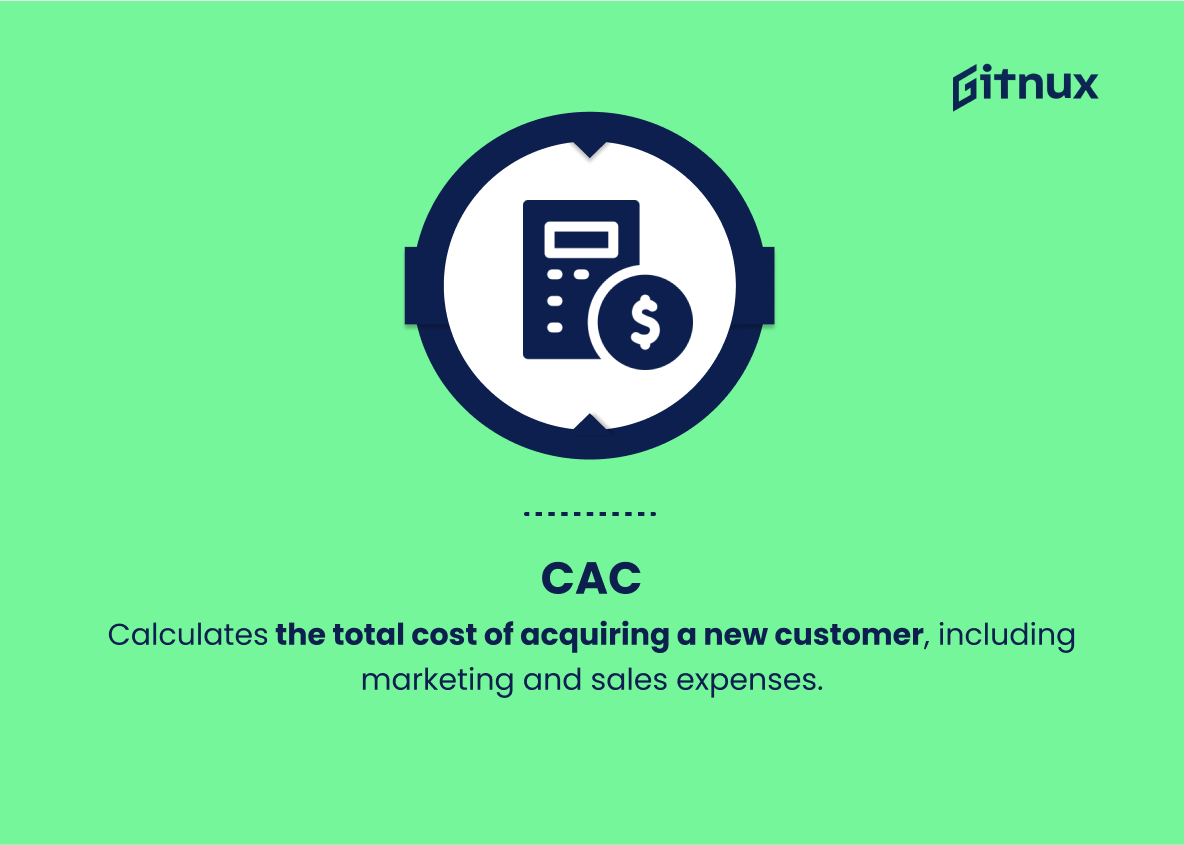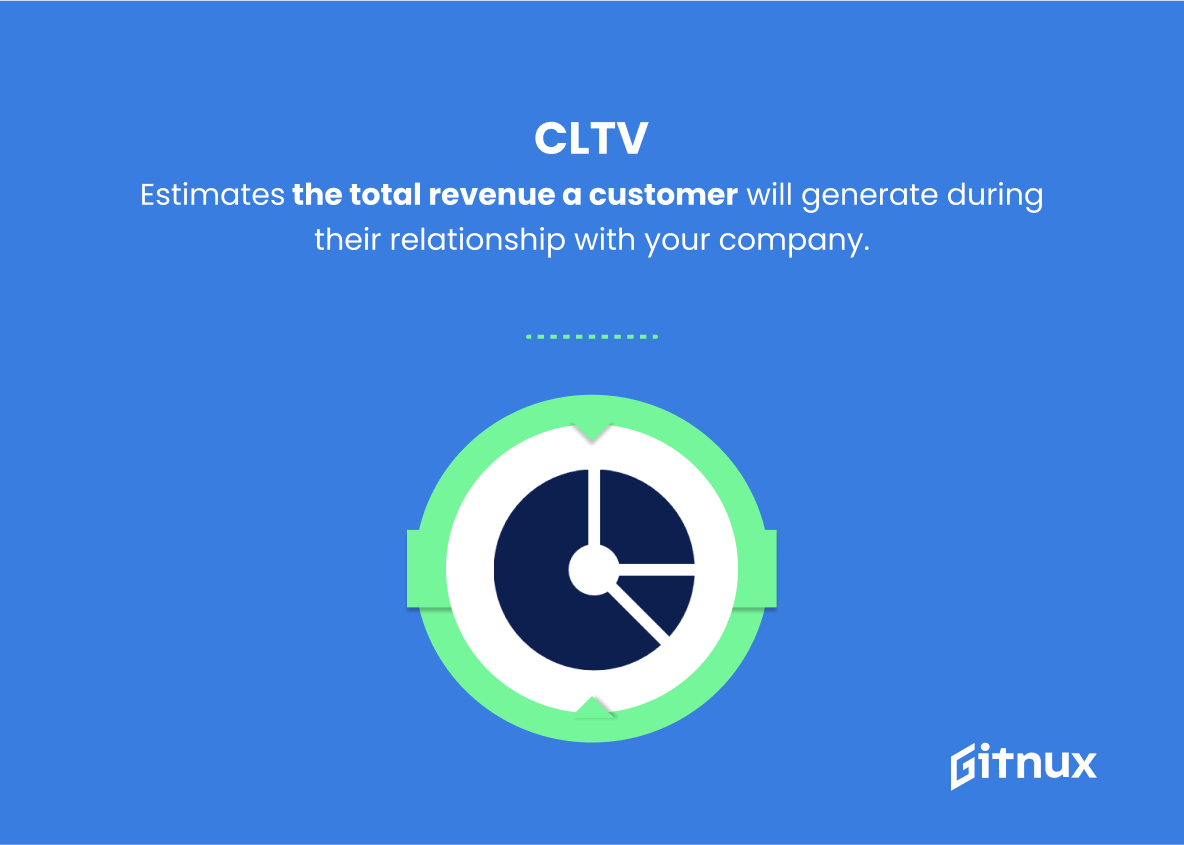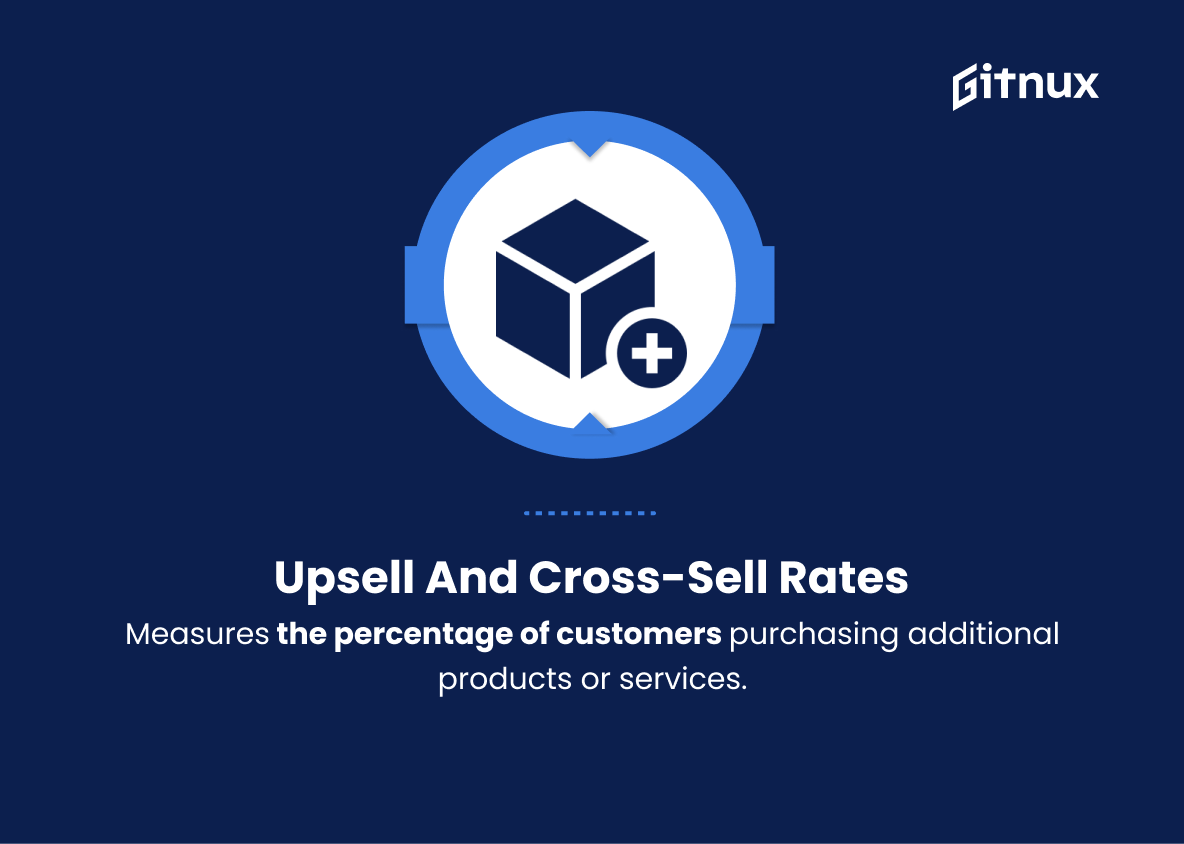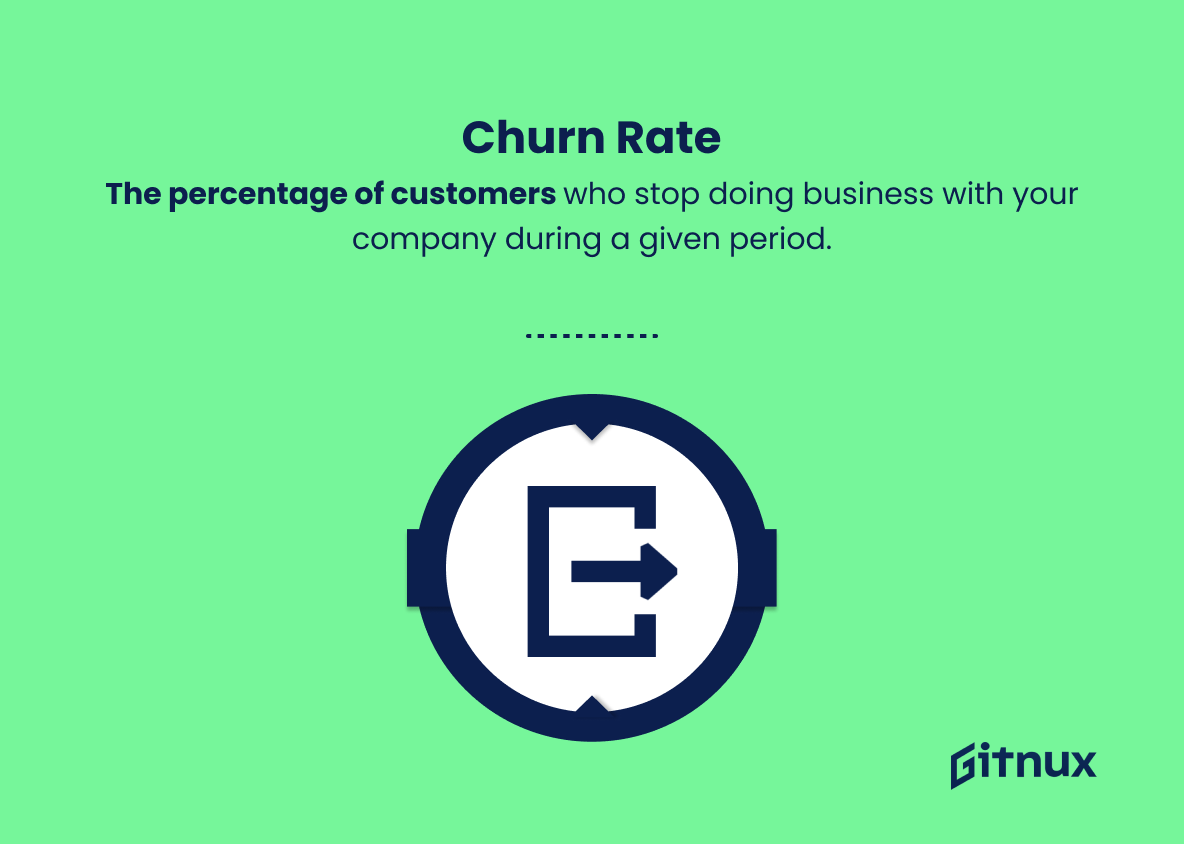In today’s fast-paced and competitive business environment, mastering the art of sales pipeline management is crucial for organizations striving for success. Sales Pipeline Key Performance Indicators (KPIs) play an integral role in tracking sales progress, improving sales processes, and driving bottom-line results. This blog post aims to delve deeply into the world of Sales Pipeline KPIs, elucidating their significance, functionalities, and best practices for implementation.
By gaining a comprehensive understanding of these vital metrics, sales leaders and organizations can effectively monitor their sales teams and optimize their strategies for long-term growth and sustainability. So, let us embark on this enlightening journey to uncover the true potential of Sales Pipeline KPIs and redefine the way businesses approach sales management.
Sales Pipeline KPIs You Should Know
1. Number of leads
Tracks the number of prospects entering your sales pipeline. This indicates the effectiveness of your lead generation efforts.
2. Lead conversion rate
Measures the percentage of leads that turn into opportunities. It assesses the efficacy of your sales process and lead qualification.
Sales Pipeline KPIs are crucial for businesses as they provide an in-depth understanding of the sales process, enabling better decision-making and improved sales performance.3. Opportunity-to-win ratio
Shows the proportion of opportunities that ultimately result in closed deals. This KPI indicates the effectiveness of your sales team in closing deals.
4. Average deal size
The average monetary value of each closed deal. This KPI helps you understand the potential revenue generated by your sales pipeline.
5. Sales cycle length
The average time it takes for a lead to pass through the sales pipeline, from lead generation to deal closure. A shorter sales cycle can improve resource allocation and reduce costs.
6. Revenue by lead source
Analyzes the amount of revenue generated by each lead source. This helps you understand which channels are producing the most valuable leads and optimize your marketing strategy.
7. Sales pipeline coverage
Compares the total potential revenue in your pipeline to your sales quota or target. This KPI helps you evaluate whether you have enough opportunities to hit your sales goals.
8. Sales pipeline velocity
Measures how quickly leads move through the sales pipeline. A faster-moving pipeline indicates a more efficient sales process and healthier revenue flow.
Sales Pipeline Key Performance Indicators (KPIs) play an integral role in tracking sales progress, improving sales processes, and driving bottom-line results.9. Win-loss analysis
Evaluates the reasons behind successful closures and lost deals. This KPI helps you identify areas for improvement and increase win rates.
10. Revenue forecast accuracy
Compares your projected revenue against actual revenue generated. Improved accuracy ensures better resource allocation, risk management, and decision-making.
11. Customer acquisition cost (CAC)
Calculates the total cost of acquiring a new customer, including marketing and sales expenses. Lower CAC reflects better efficiency in lead generation and sales processes.
12. Customer lifetime value (CLTV)
Estimates the total revenue a customer will generate during their relationship with your company. A higher CLTV indicates increased profitability and return on investment.
13. Upsell and cross-sell rates
Measures the percentage of customers purchasing additional products or services. This KPI helps identify opportunities to maximize revenue from each customer.
14. Churn rate
The percentage of customers who stop doing business with your company during a given period. A lower churn rate indicates stronger customer relationships and higher customer satisfaction.
Sales Pipeline KPIs Explained
Sales Pipeline KPIs are crucial for businesses as they provide an in-depth understanding of the sales process, enabling better decision-making and improved sales performance. These KPIs, such as the number of leads and lead conversion rate, help in evaluating the effectiveness of lead generation efforts and sales qualification. The opportunity-to-win ratio and average deal size provide insights into the sales team’s performance in closing deals and potential revenue generation.
Factors like sales cycle length, revenue by lead source, and sales pipeline velocity help businesses identify areas for improvement by analyzing resource allocation, marketing strategy, and overall sales efficiency. Furthermore, KPIs like win-loss analysis, revenue forecast accuracy, and customer acquisition cost help businesses refine their sales strategy, minimize risks, and increase efficiency. Finally, understanding customer lifetime value, upsell and cross-sell rates, and churn rate enables companies to maximize revenue, foster stronger customer relationships, and maintain consistent customer satisfaction.
Conclusion
In conclusion, effectively tracking and analyzing Sales Pipeline KPIs is crucial for business success in today’s competitive market. By understanding and improving these key performance indicators, sales organizations can optimize their sales processes, enhance overall efficiency, and ultimately achieve their sales and revenue goals. Prioritizing data-driven decision-making allows sales teams to gain valuable insights into the health of their pipelines, identify potential obstacles, and proactively develop strategies to overcome them.
Remember, the growth and profitability of your business depend on the strength and efficiency of your sales pipeline. By investing time and resources in monitoring vital KPIs, you can drive your organization towards sustainable success.

